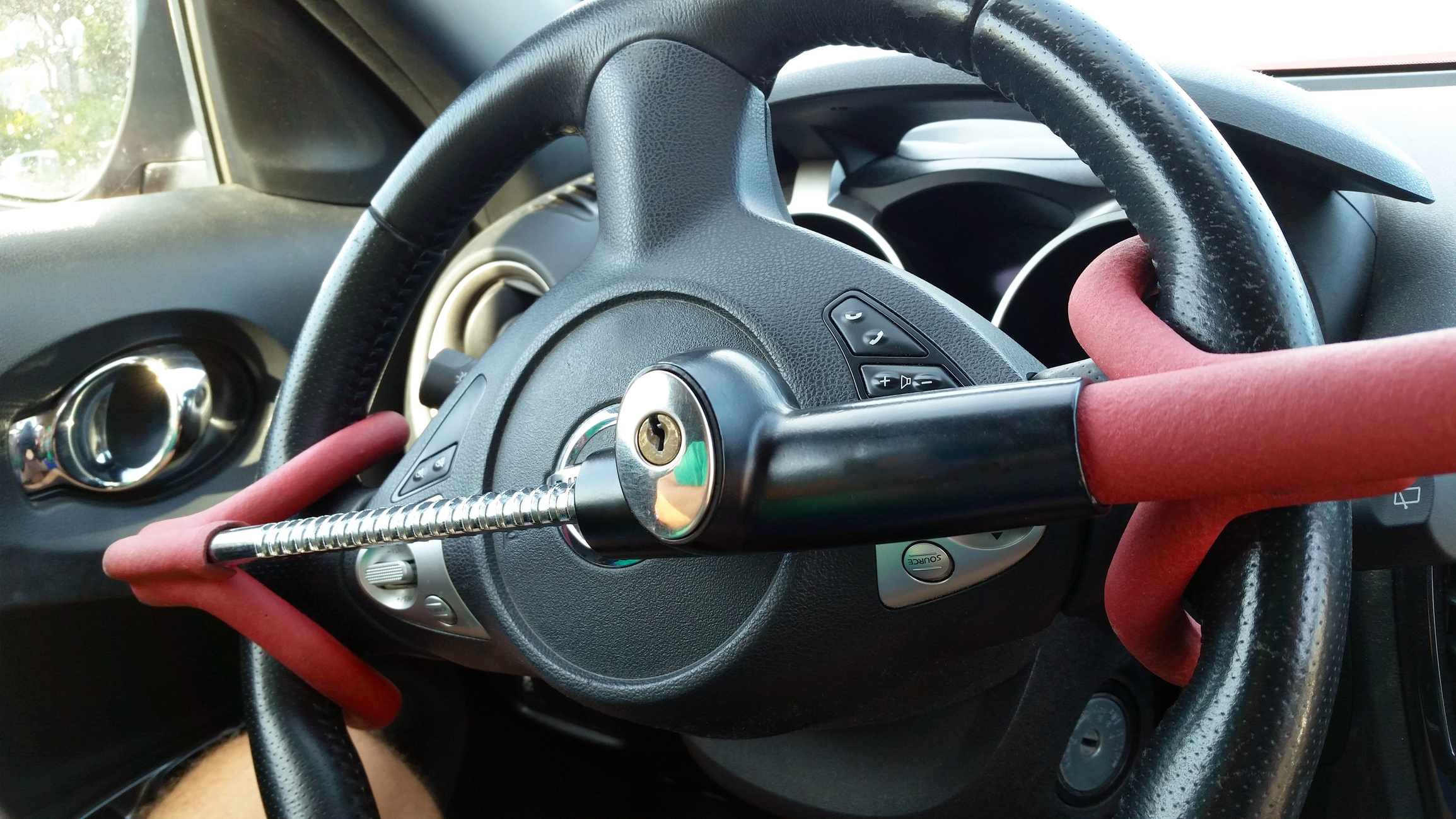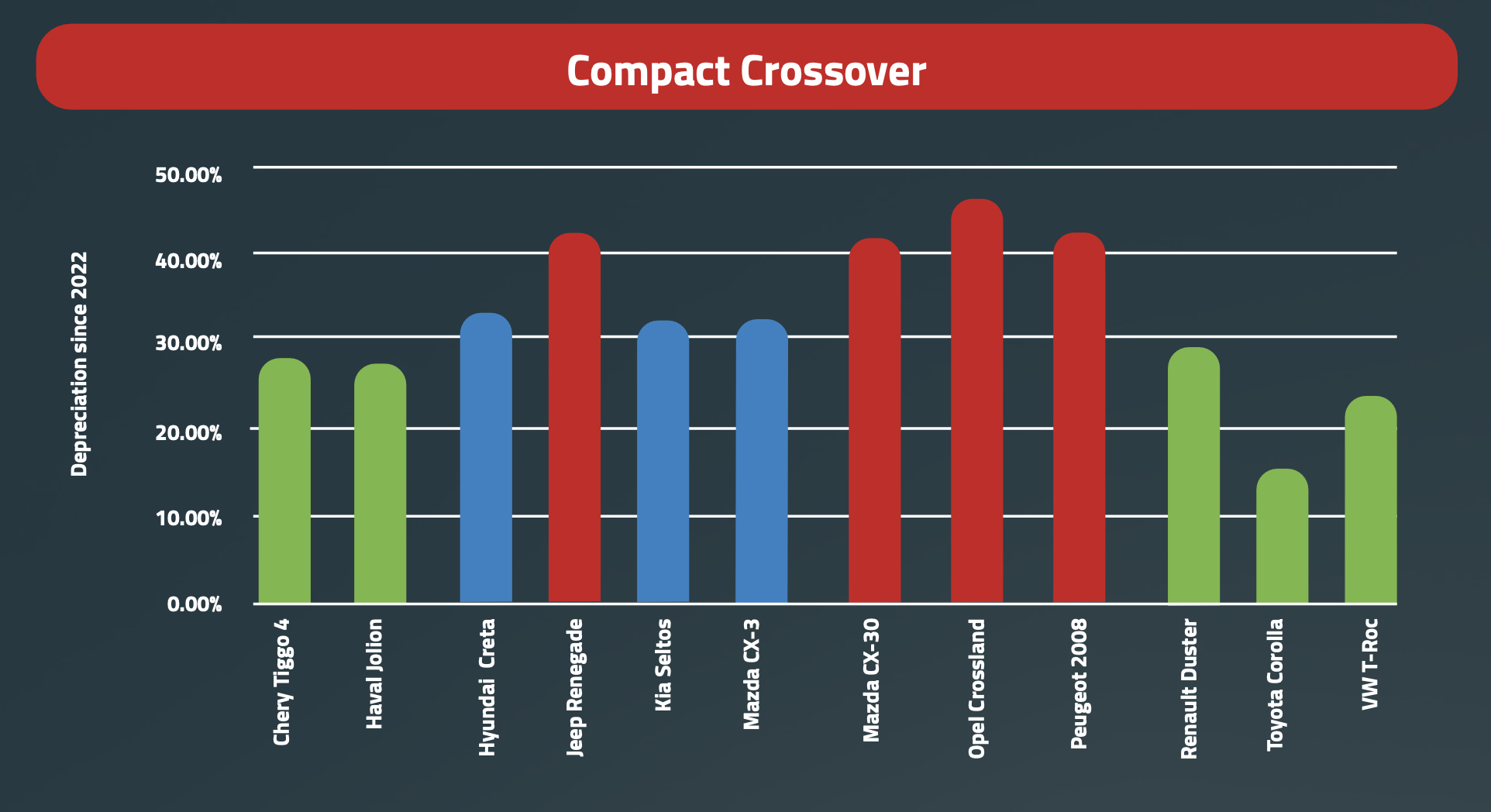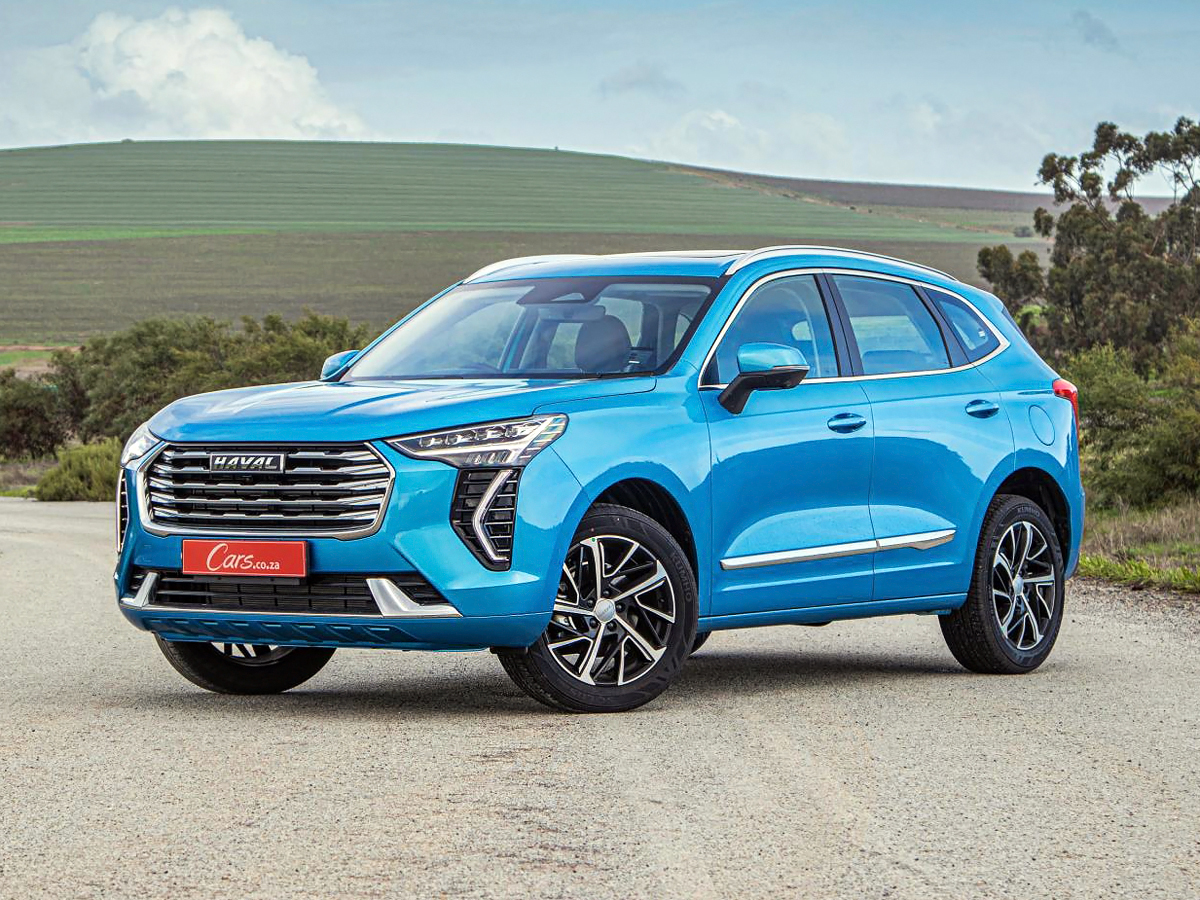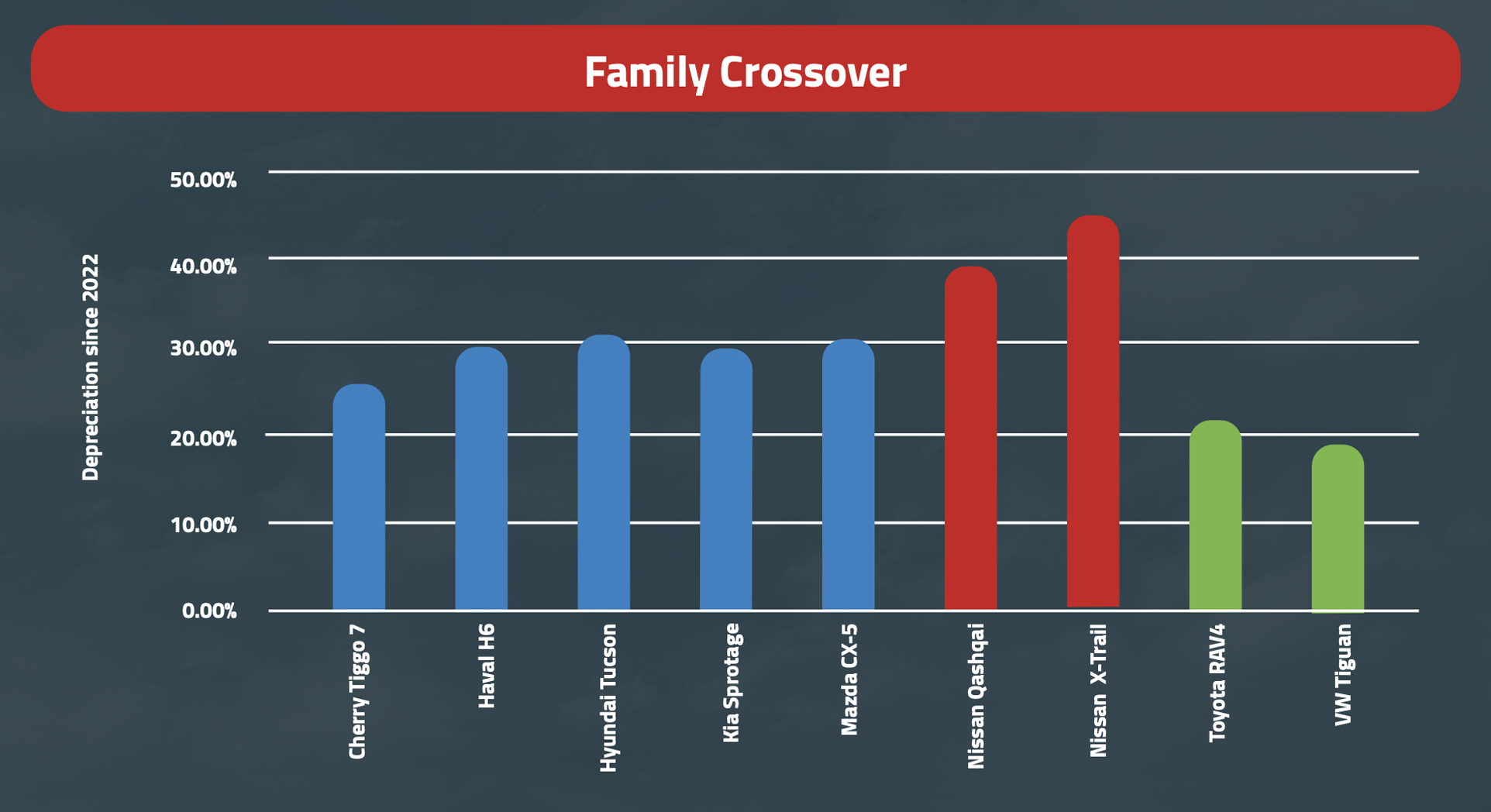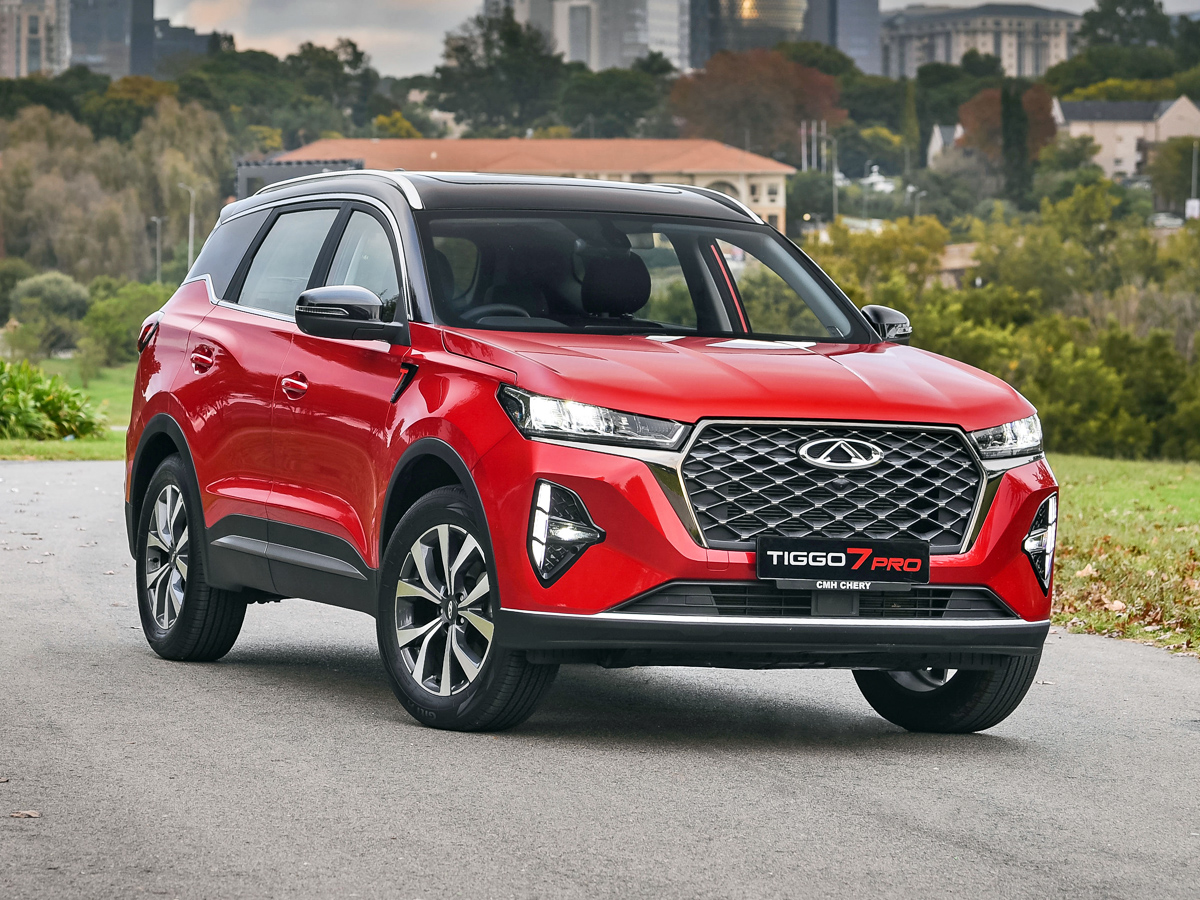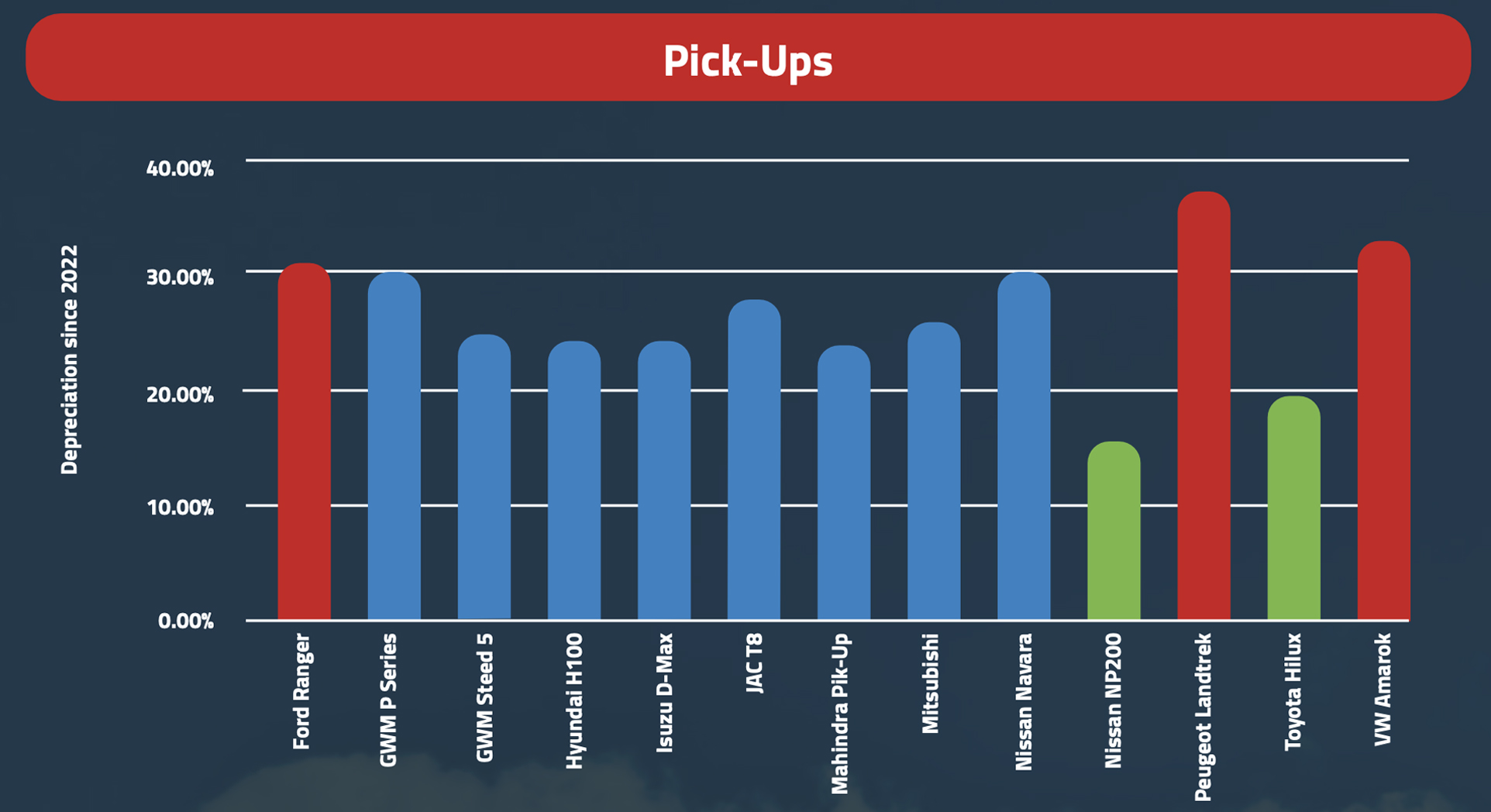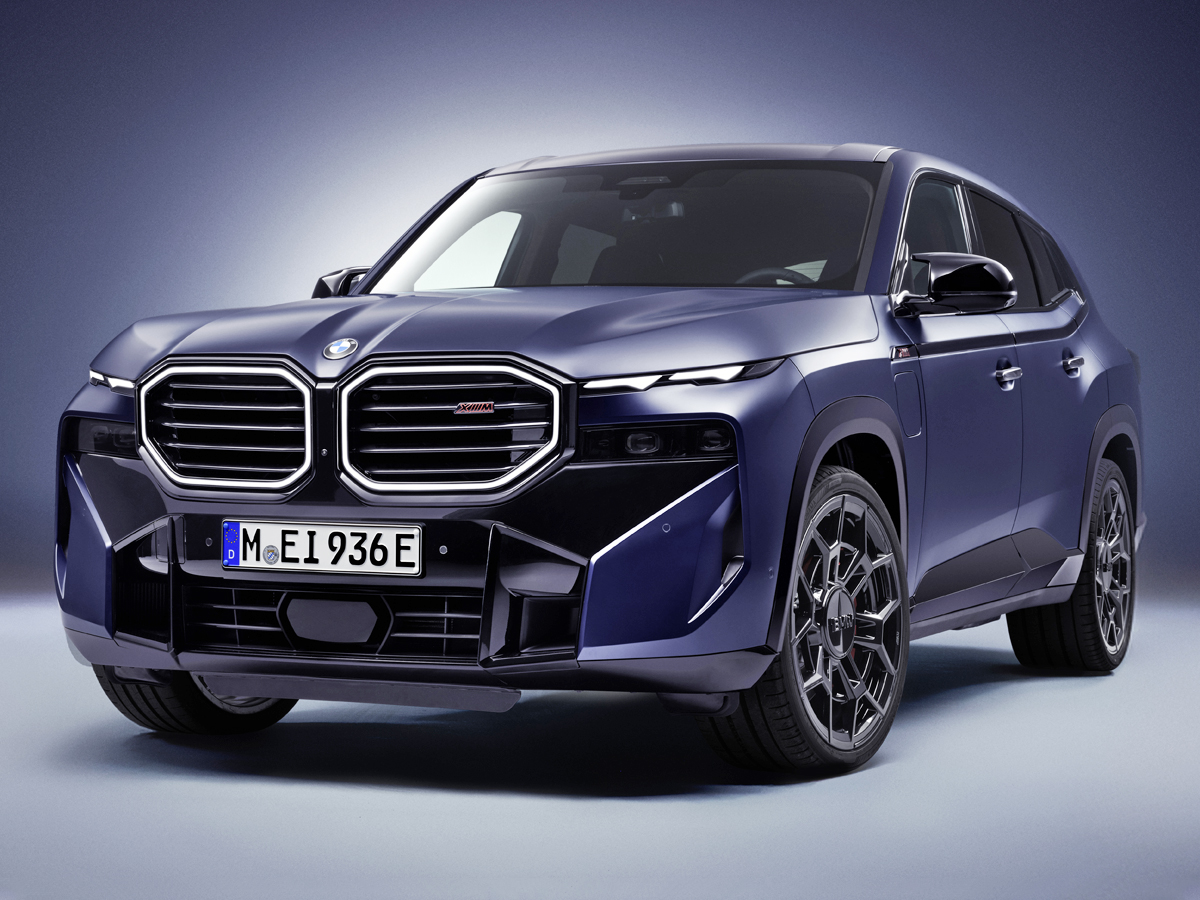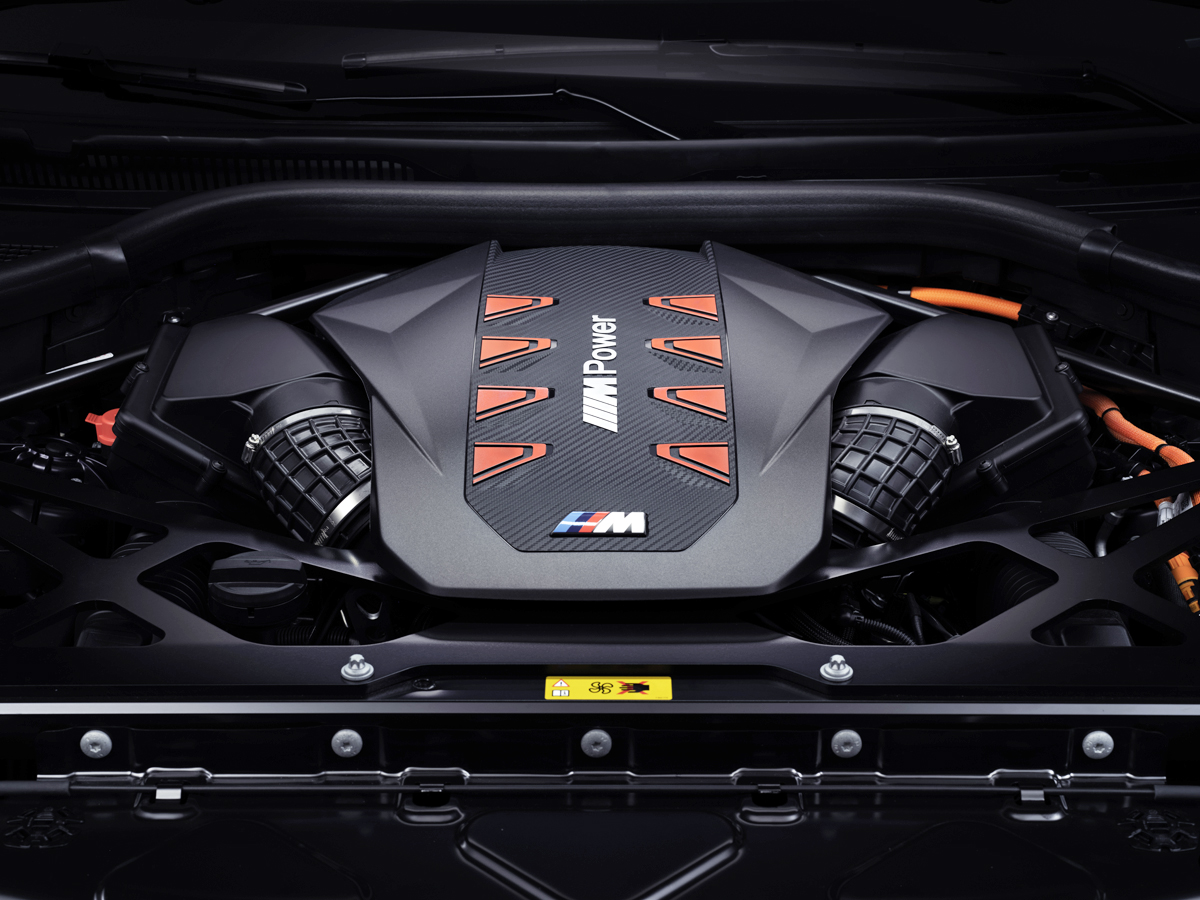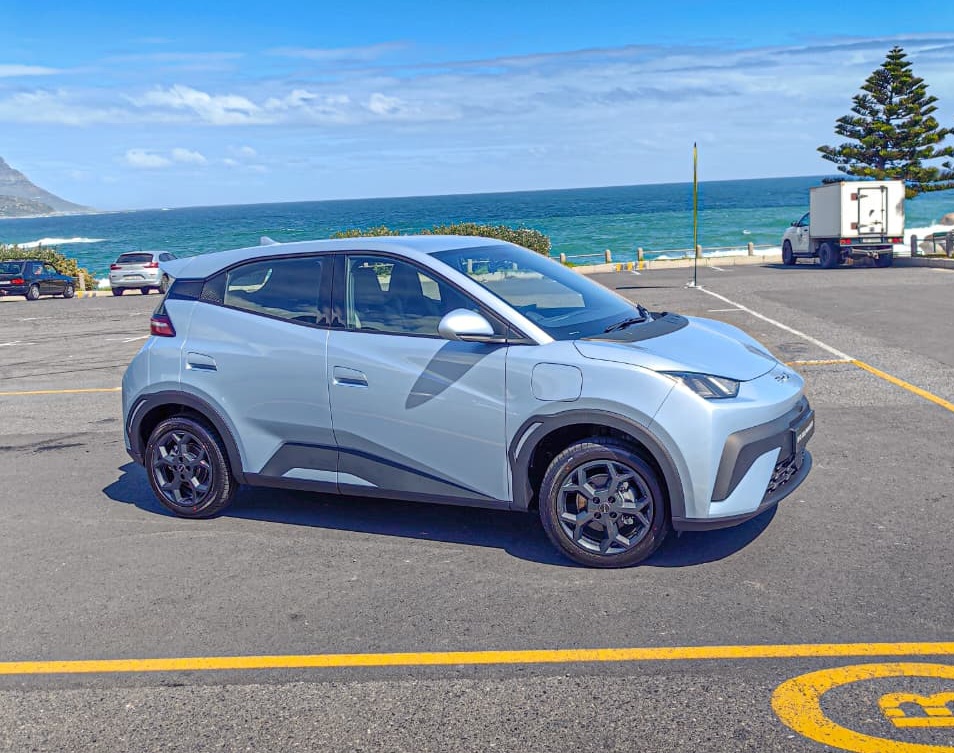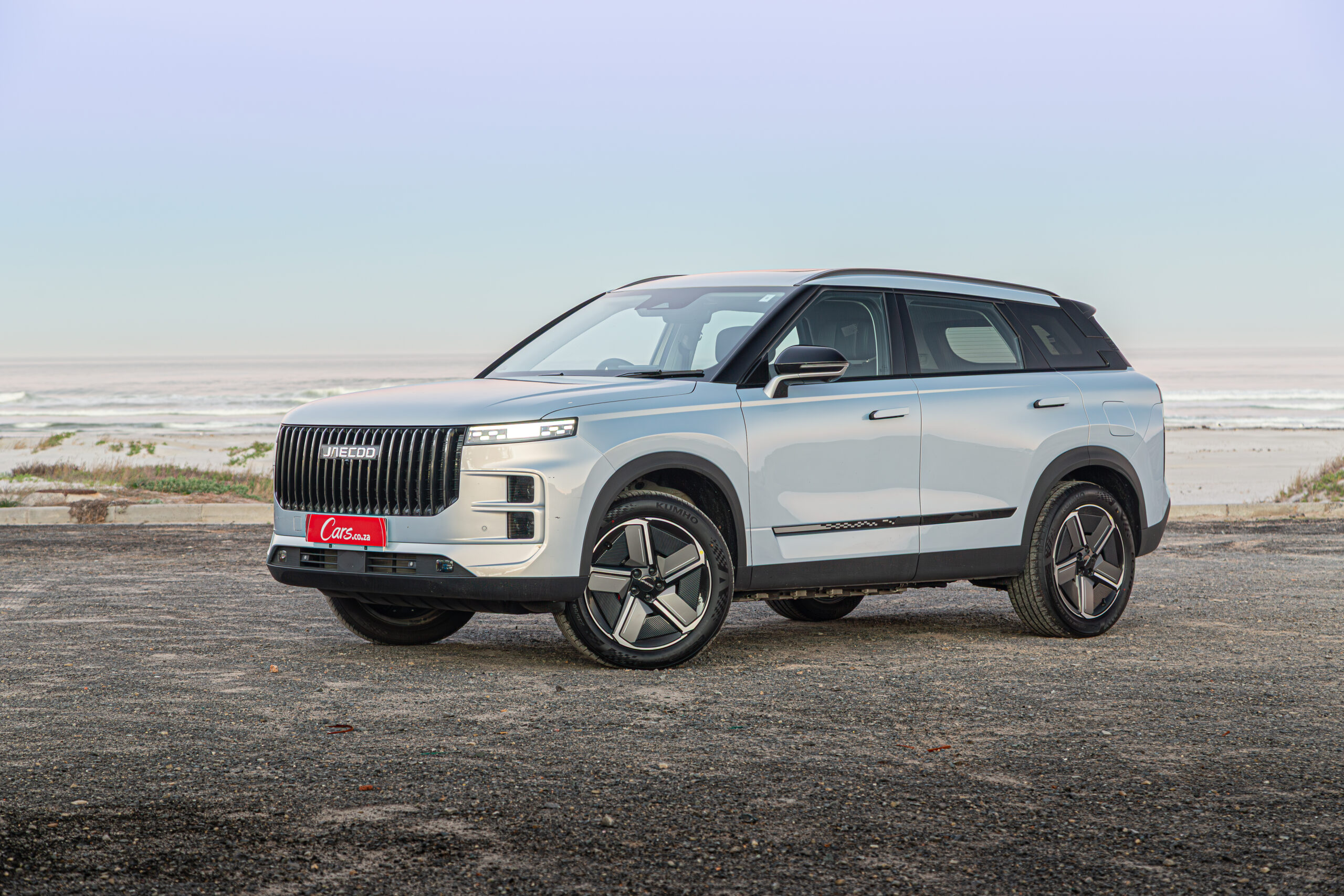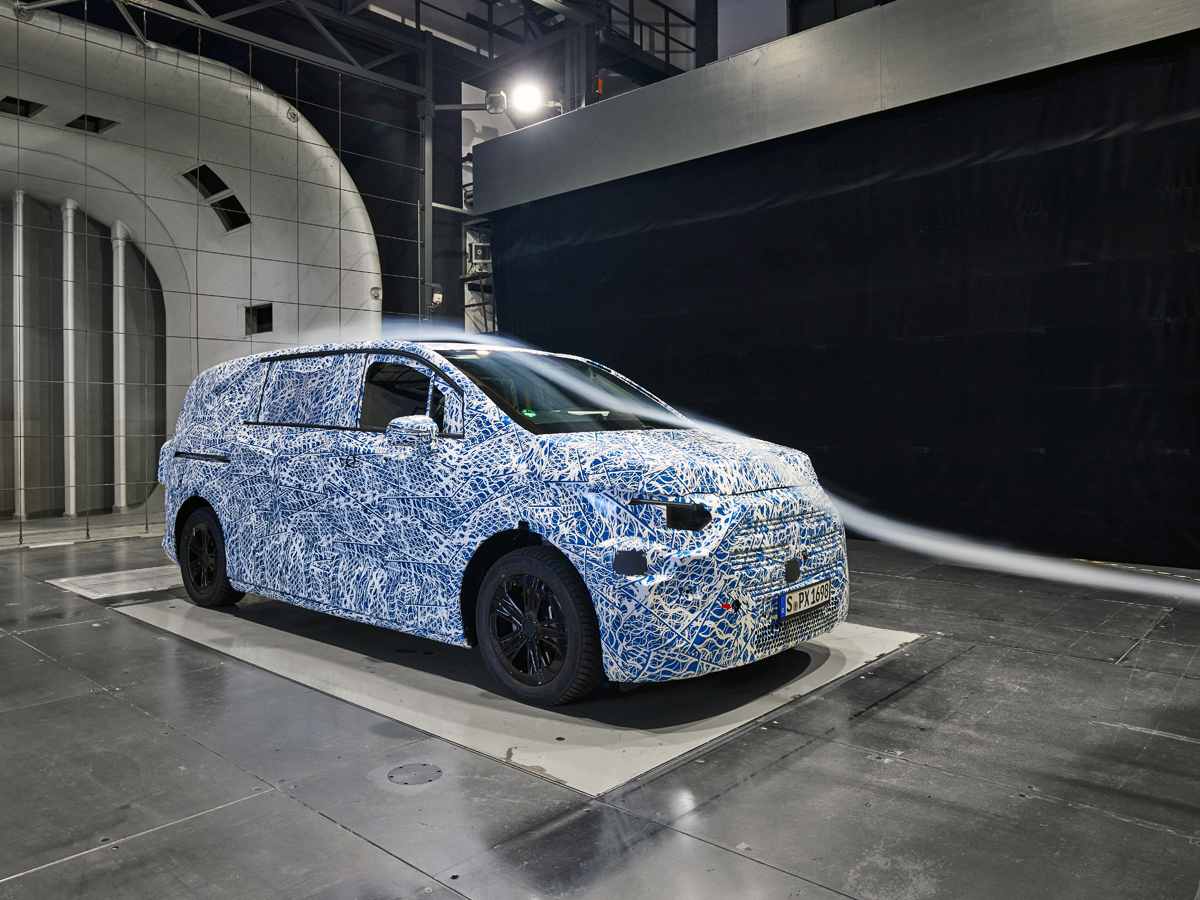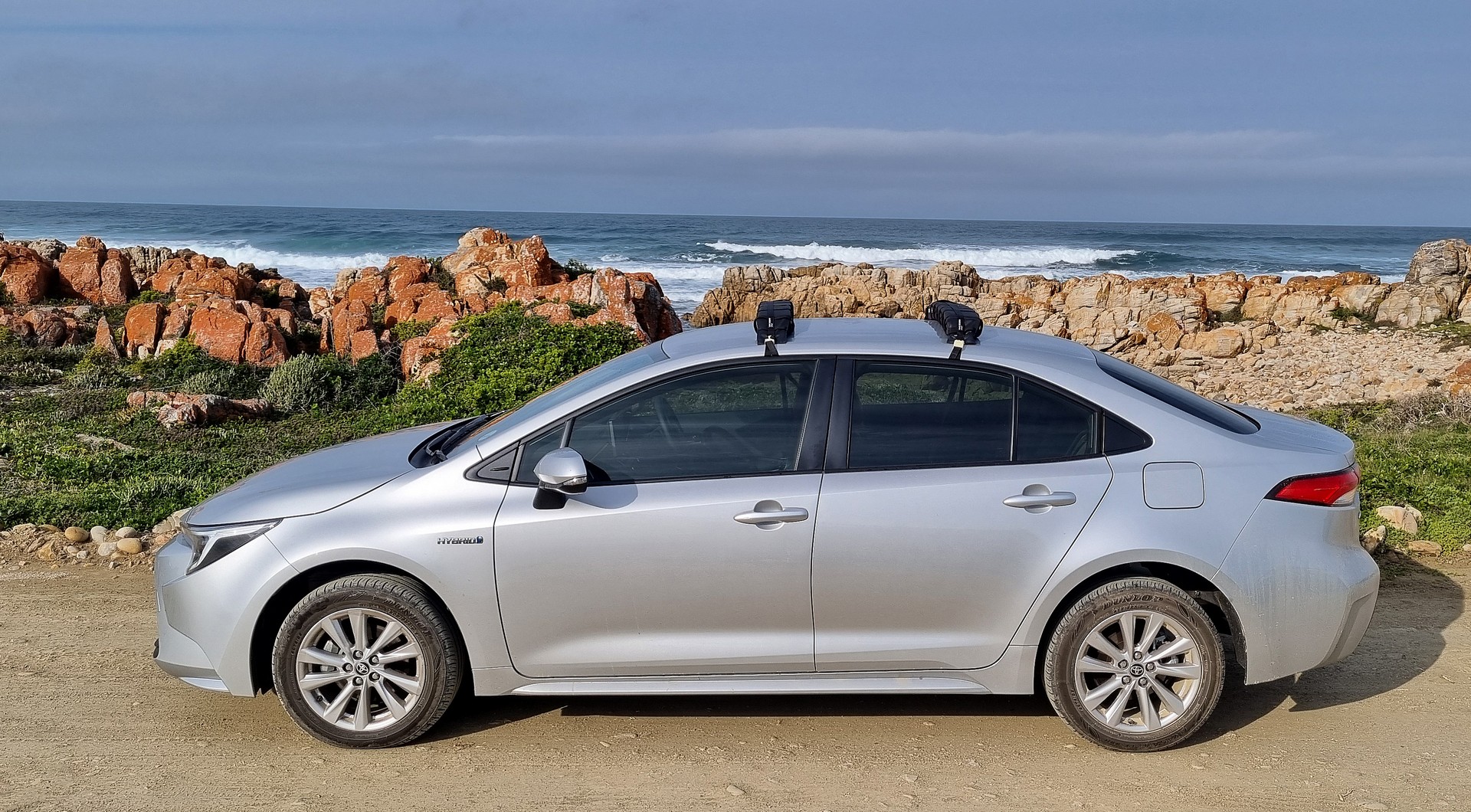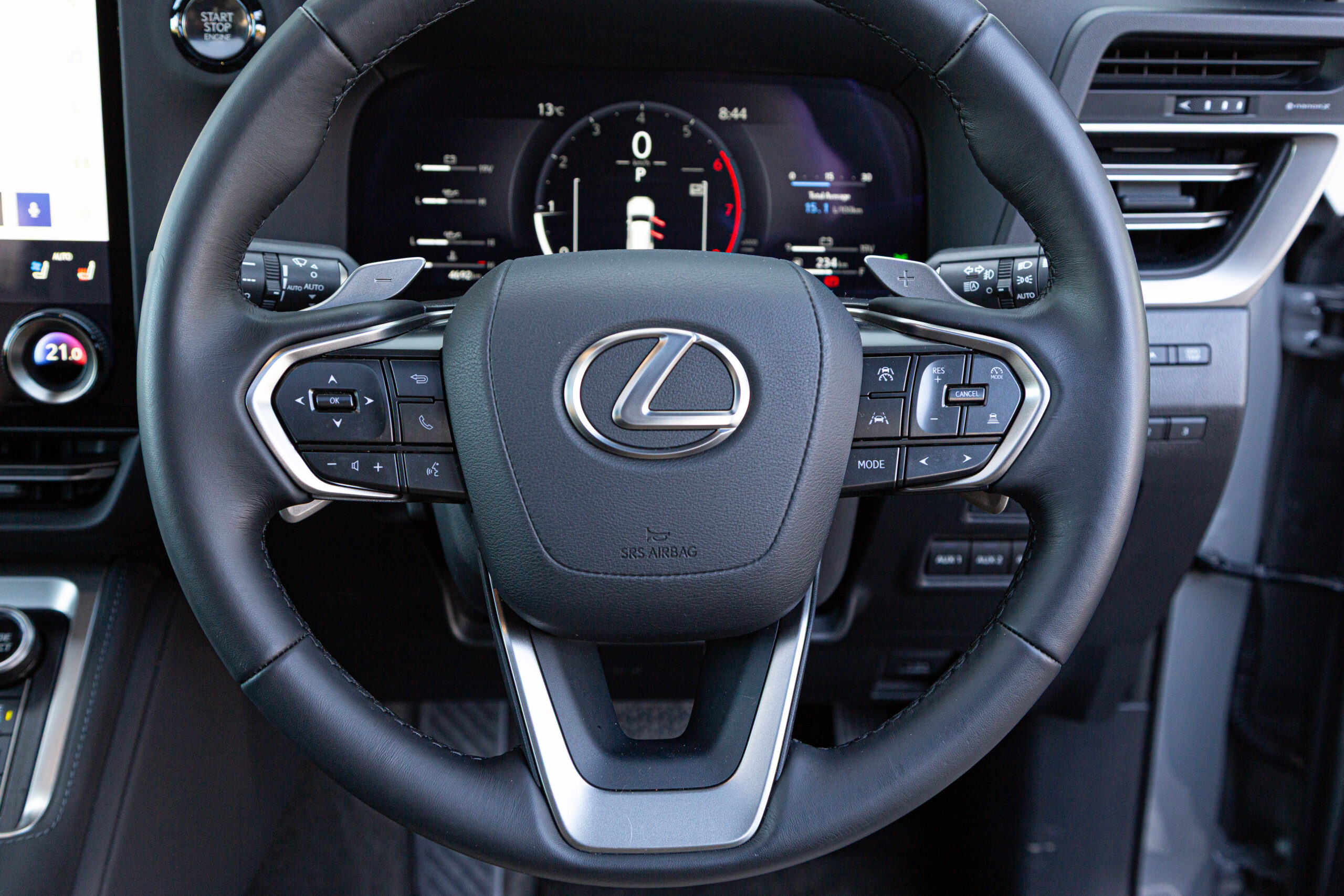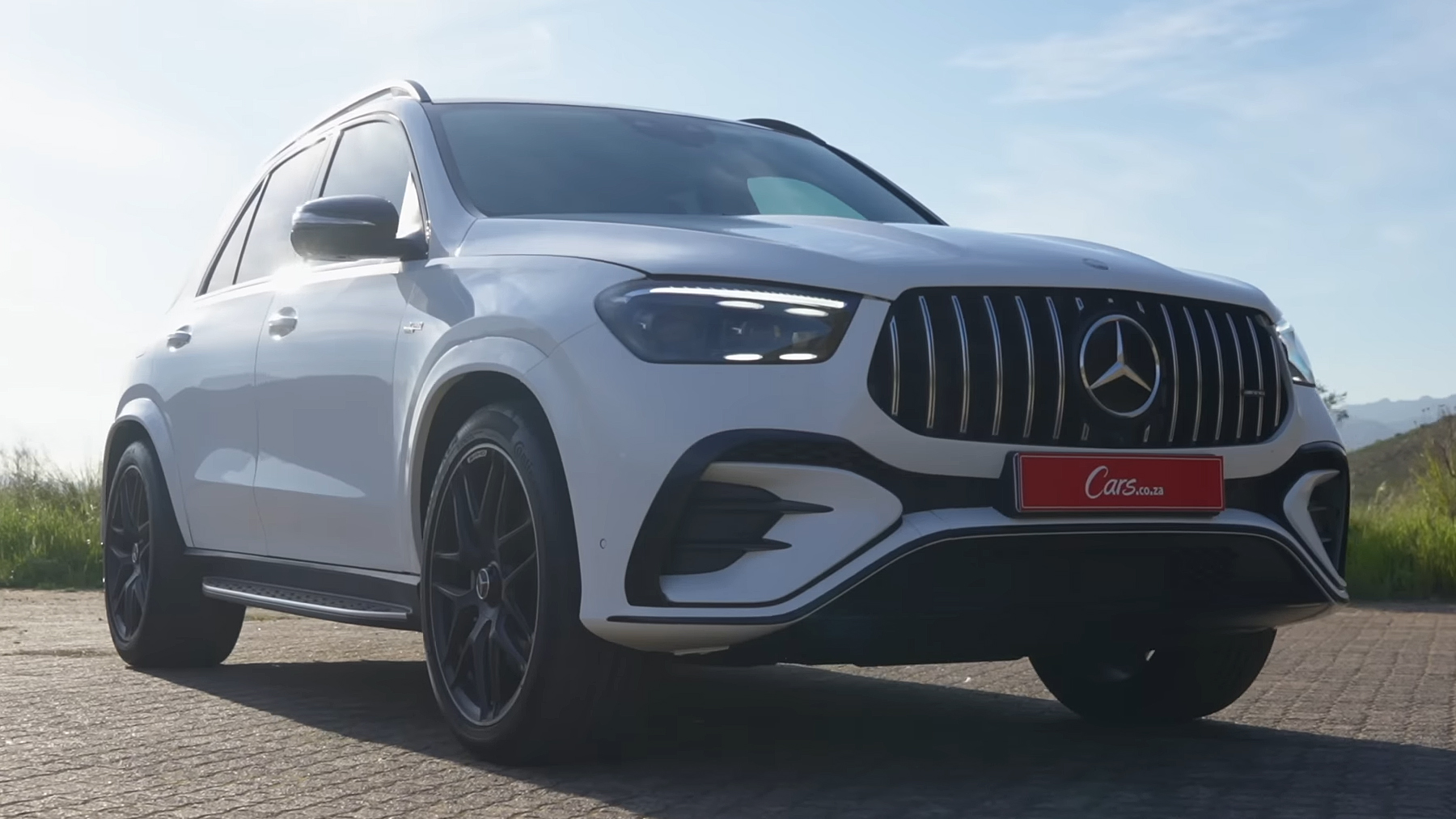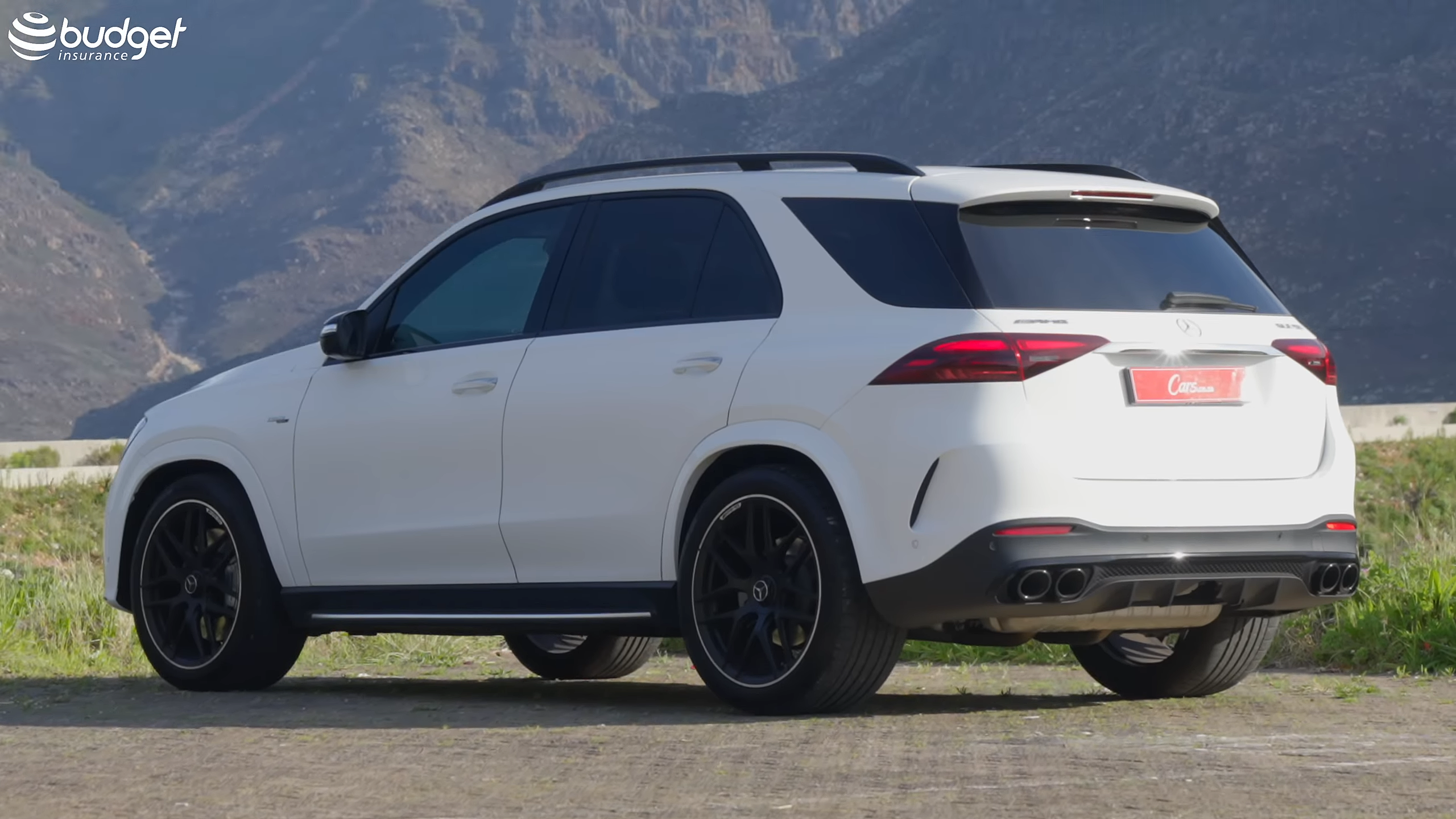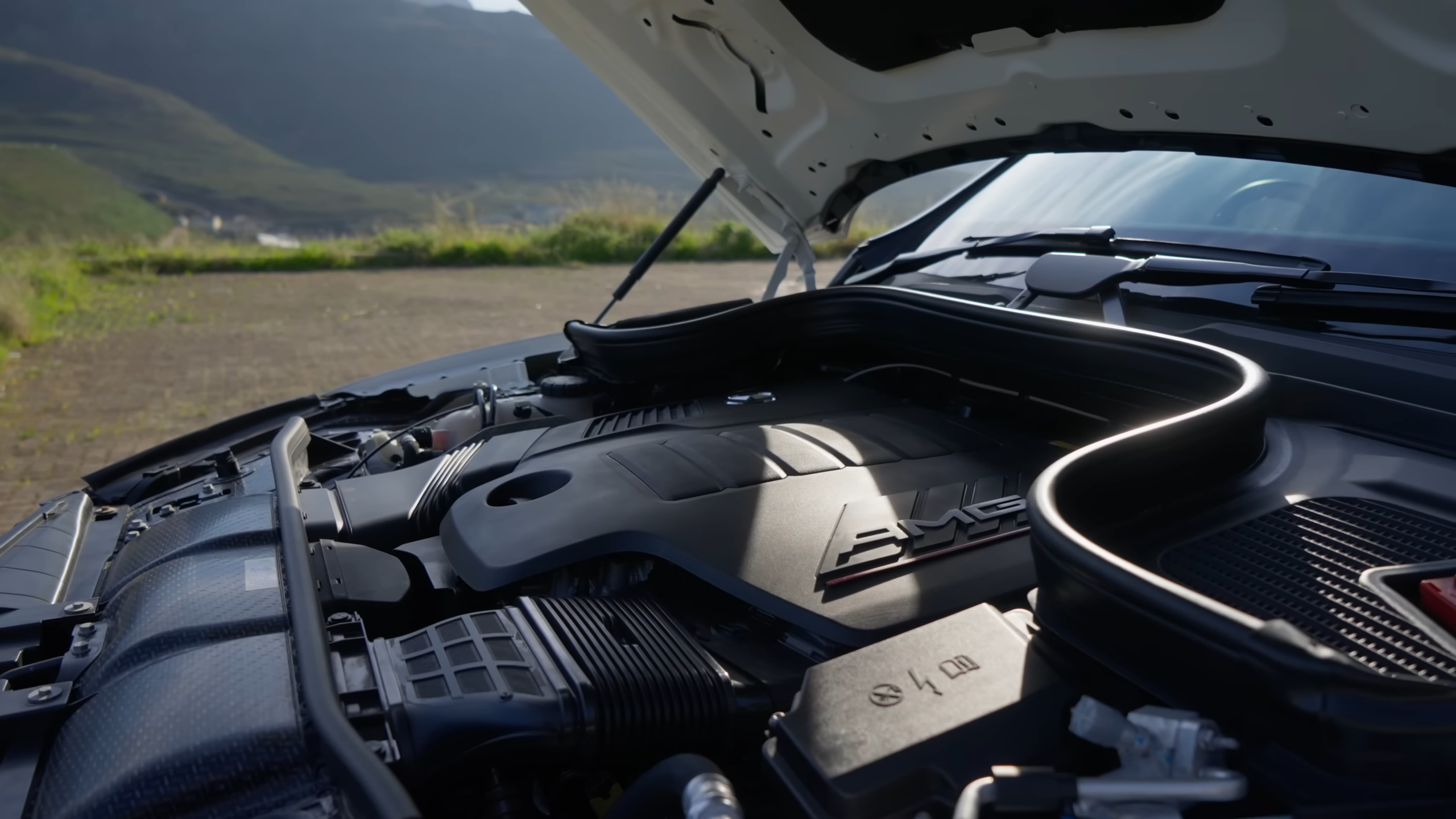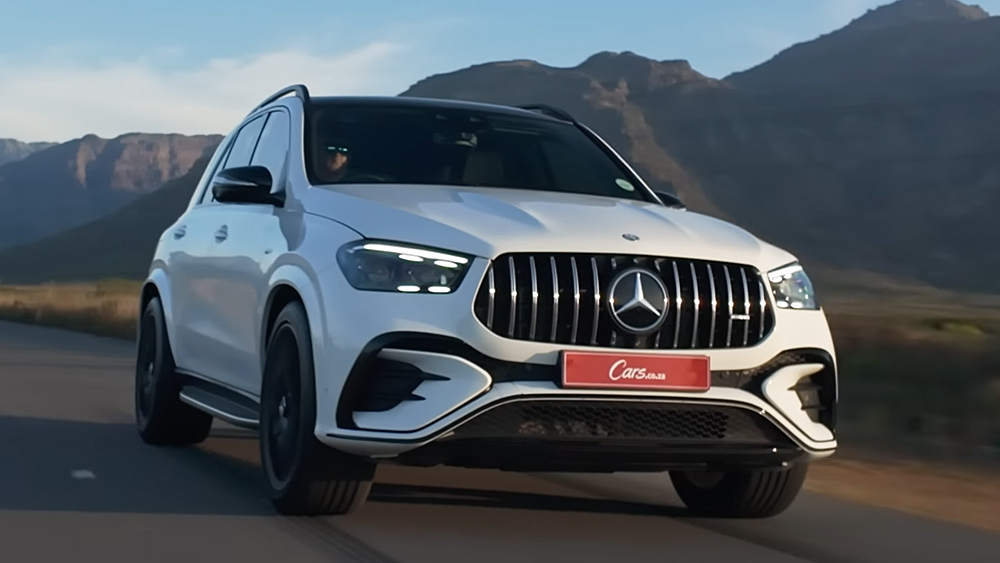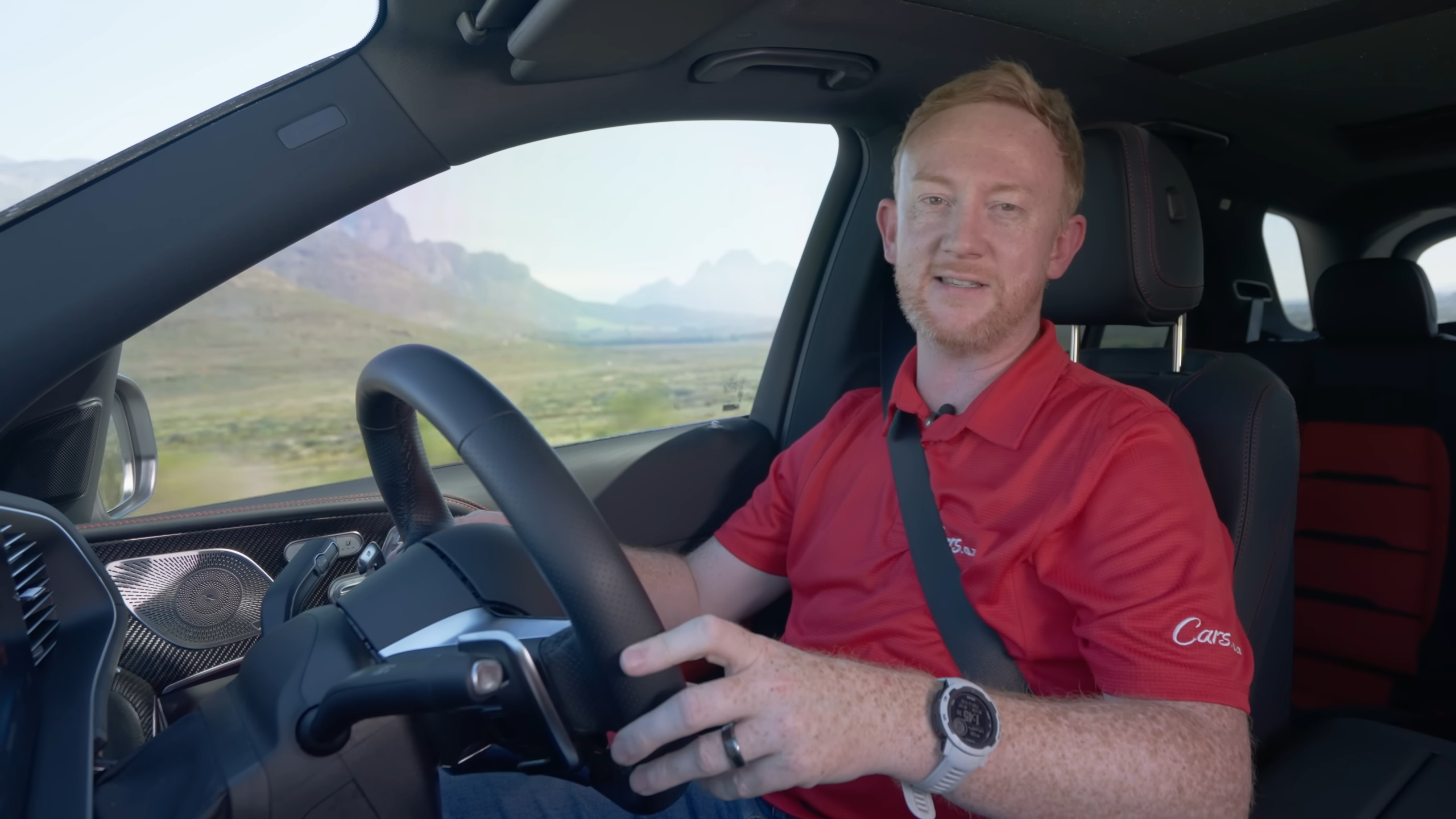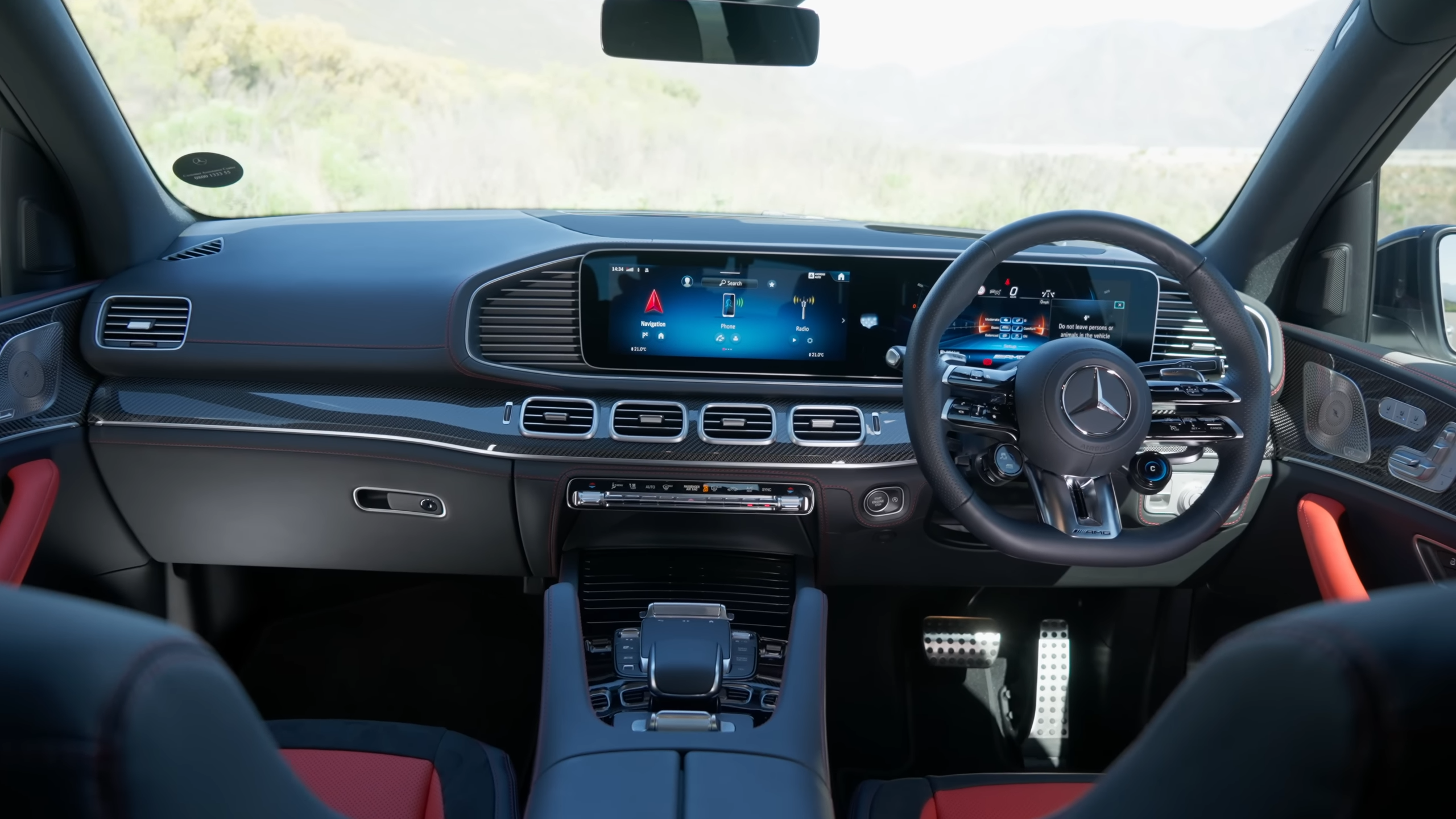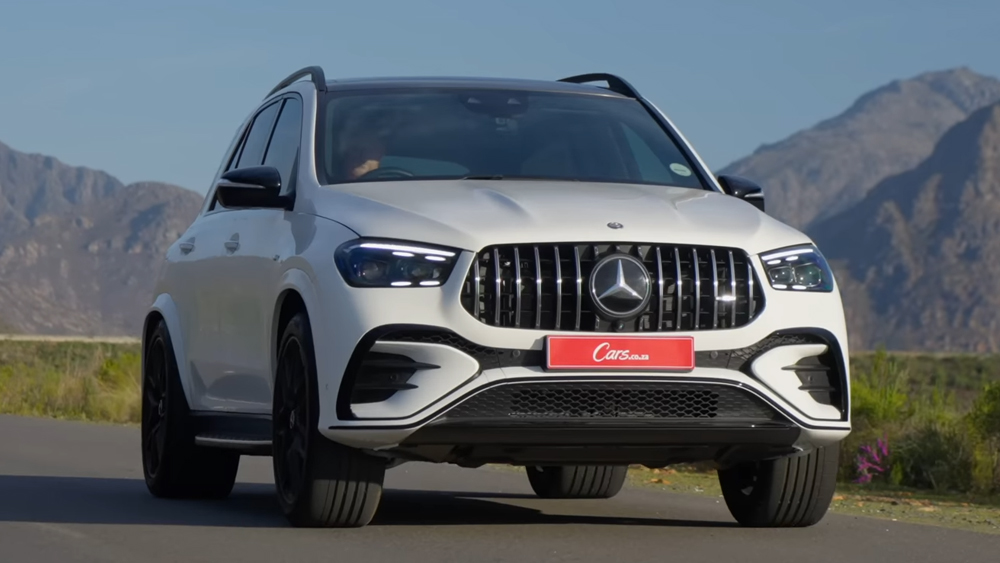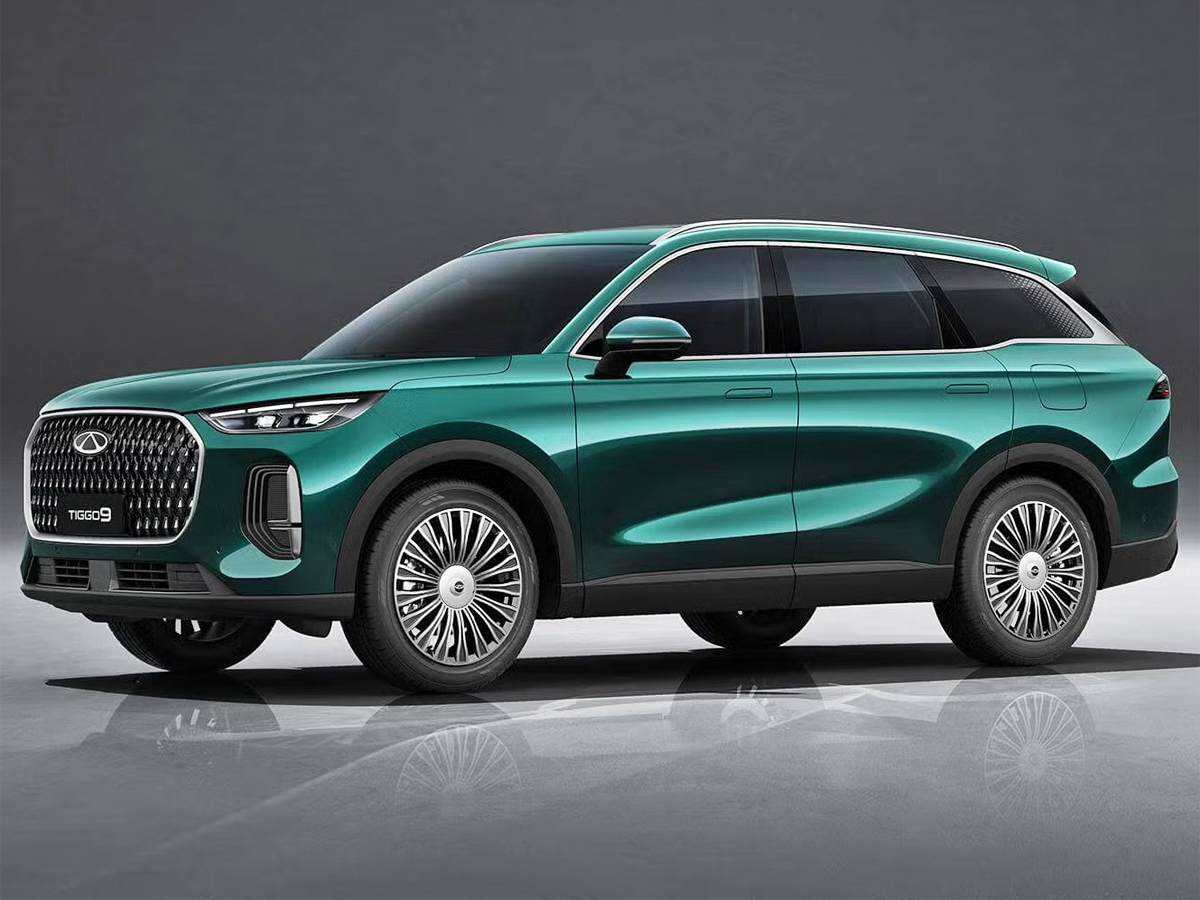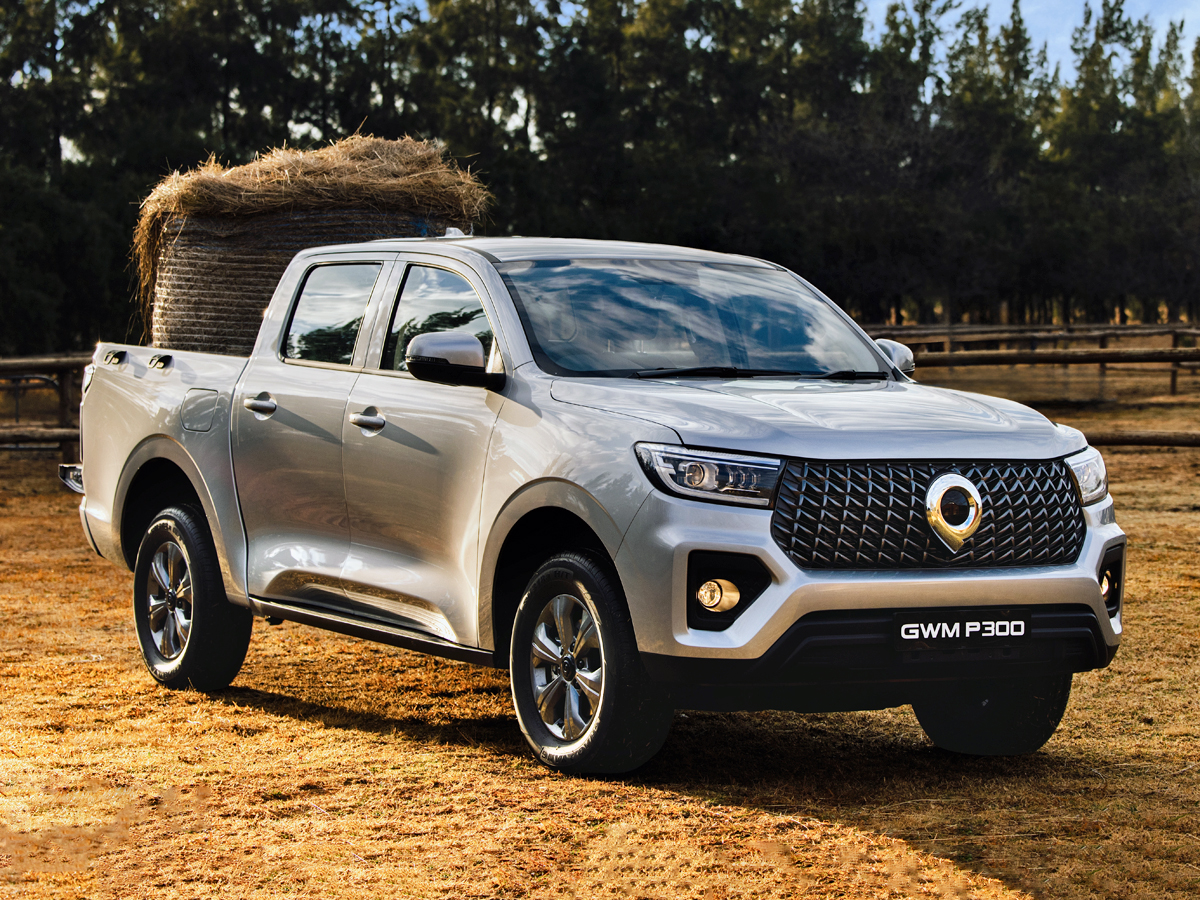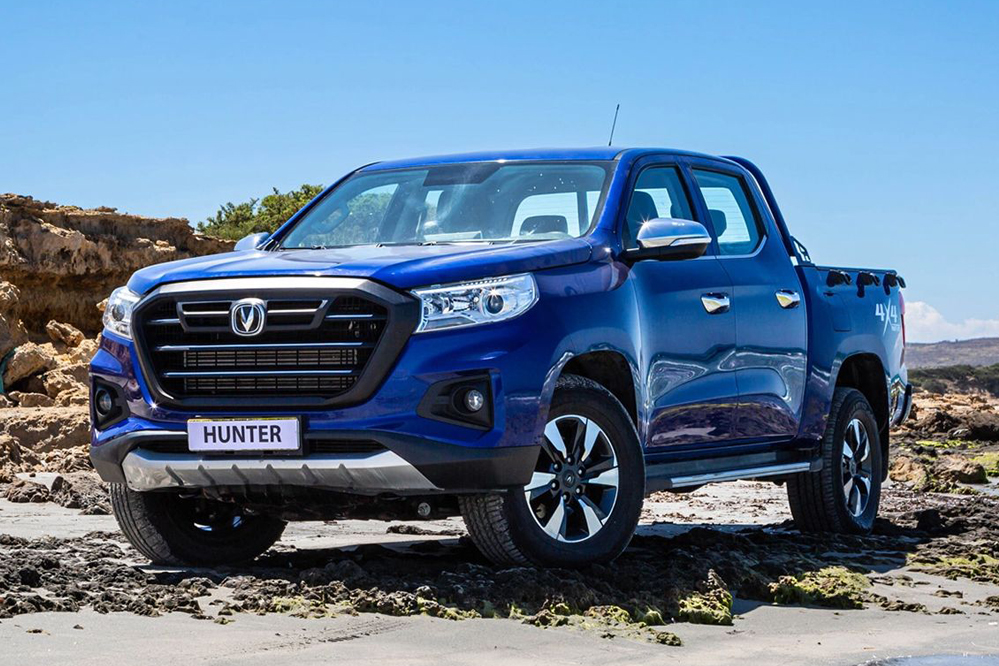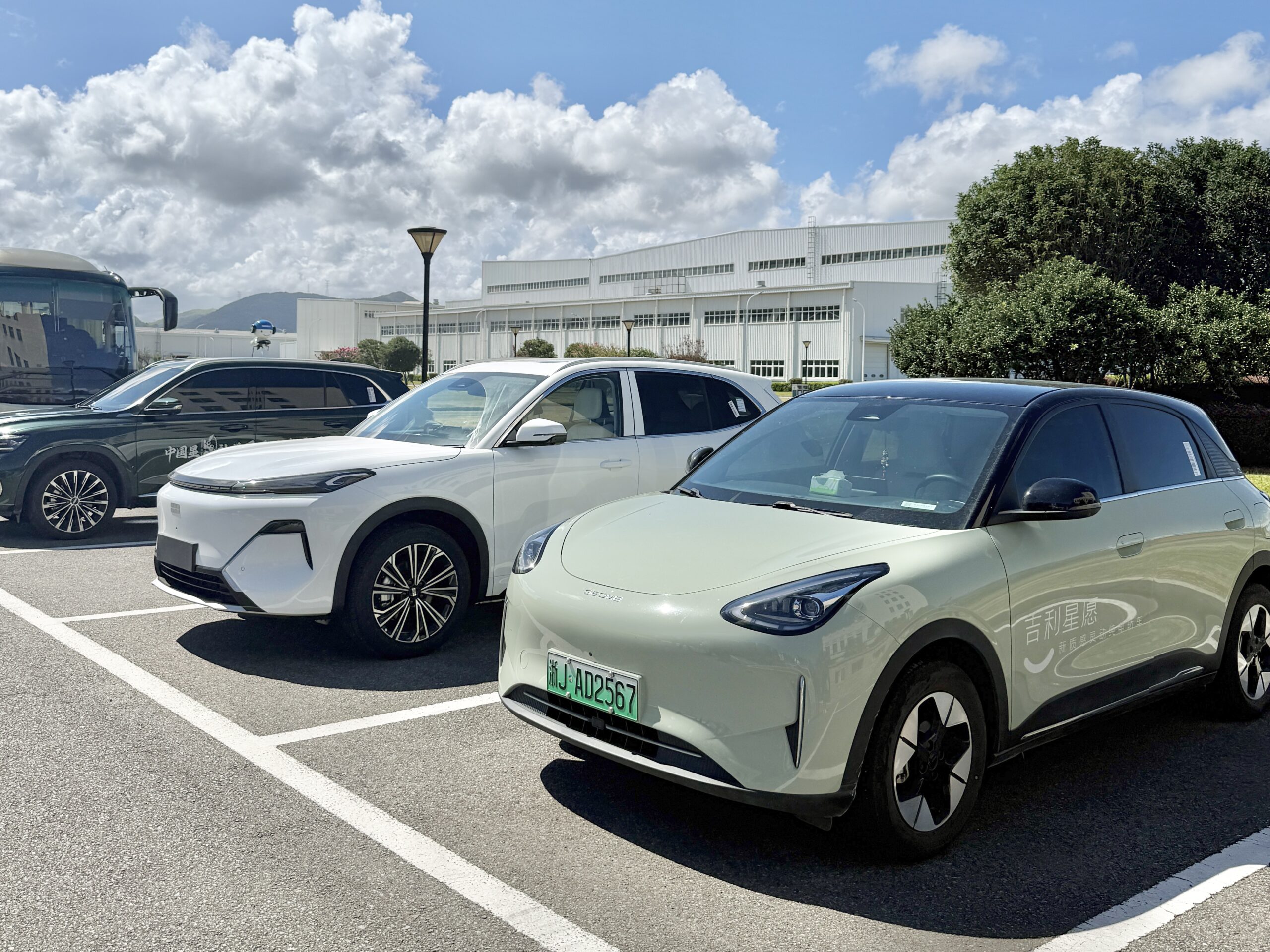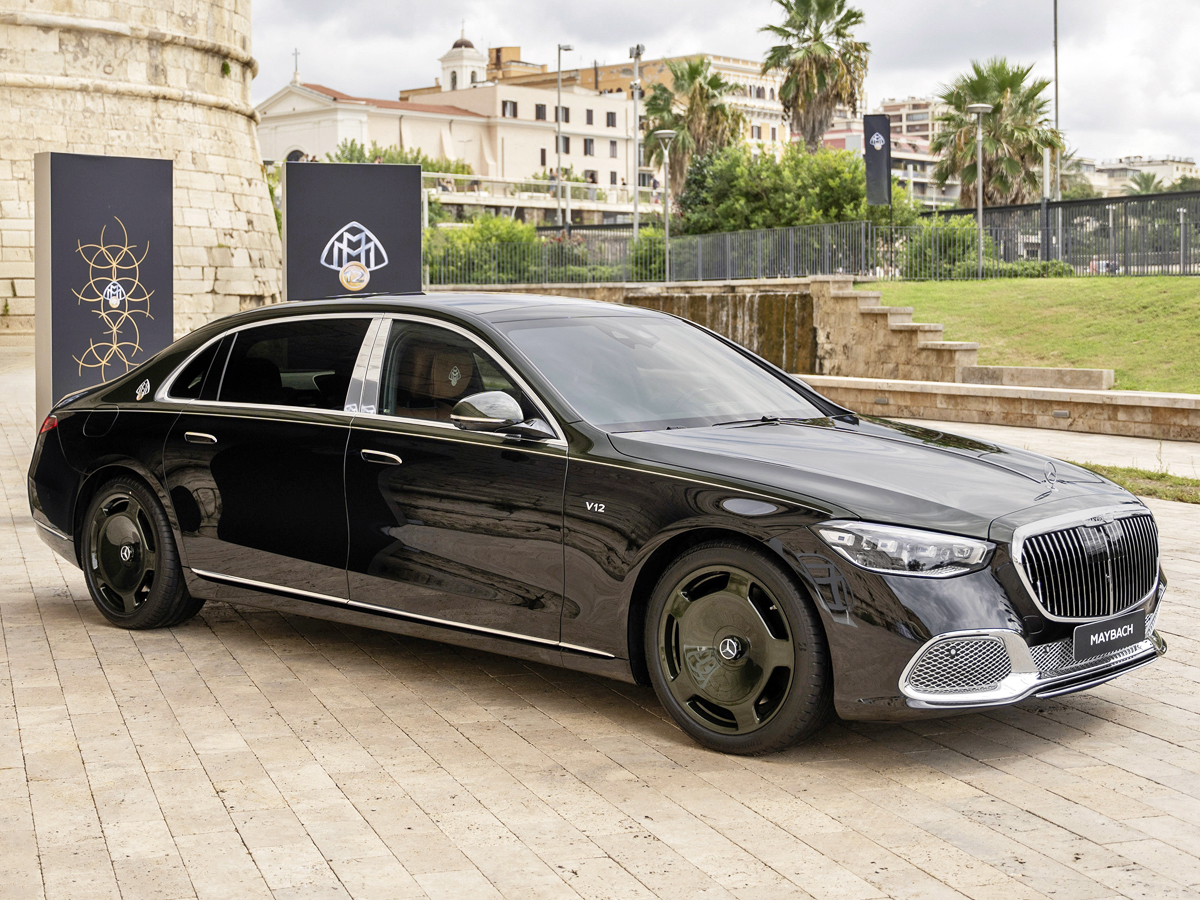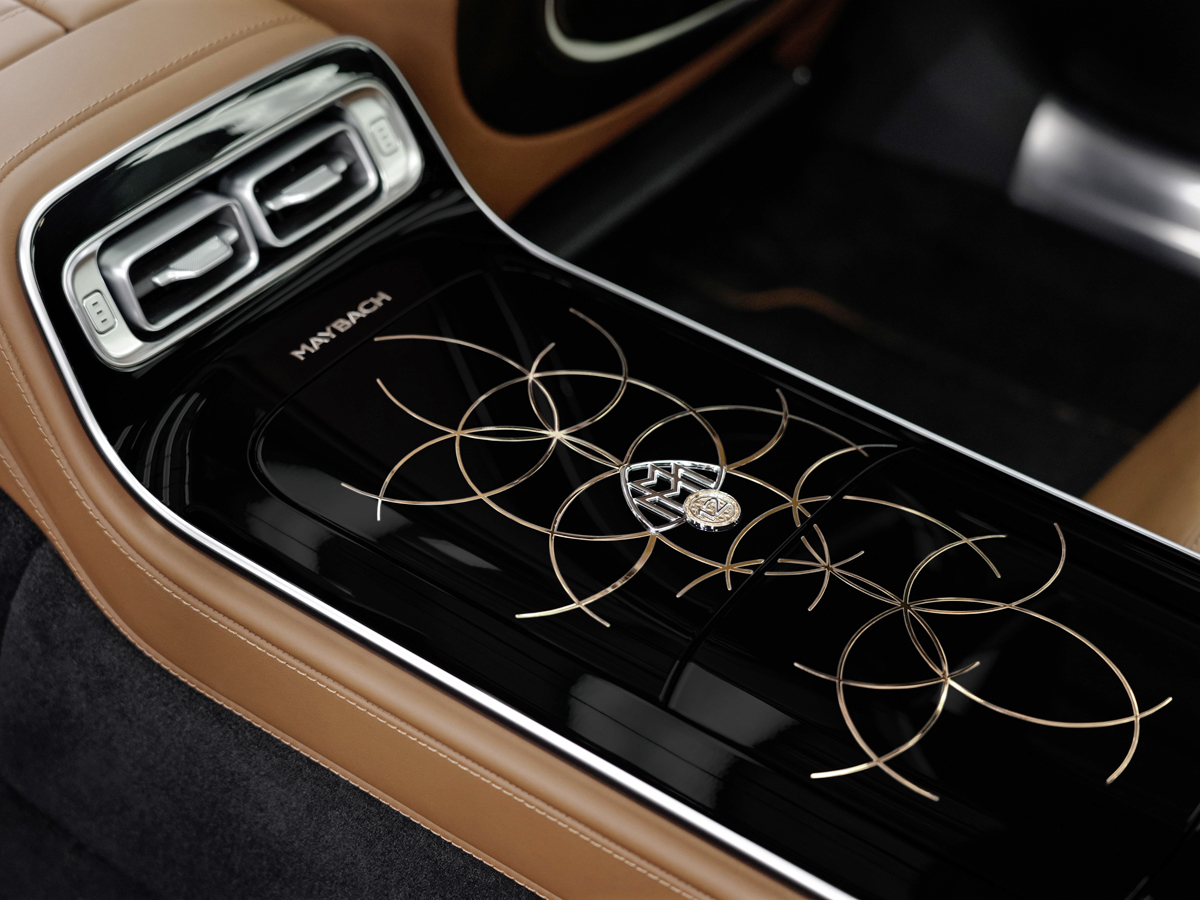Toyota Warranty: What’s NOT Covered in SA
Wondering what isn’t covered by your standard Toyota warranty in South Africa? Let’s take a closer look at the Japanese brand’s warranty “exclusions”…
In South Africa, all models in Toyota’s new-vehicle range ship standard with a 3-year/100 000 km warranty. Of course, it’s important to note not only what is covered by the Toyota warranty, but also what isn’t.
Toyota SA Motors says it warrants that each new vehicle manufactured or assembled by Toyota or its associated companies, and delivered by an authorised Toyota dealer, will be “free under normal use and service from defects in material and workmanship”.
Toyota Covers Approved Accessories

This, though, is “depending on the warranty terms and conditions listed on the first page of the book of life”. In addition, the Japanese automaker’s local division says this includes “all Toyota approved accessories, chassis and parts”, except “tyres, batteries and excluded items as listed”.
Toyota says its “obligation” under such a vehicle warranty is “limited at the election of Toyota to repairing or replacing such parts as may be acknowledged by it to be defective in design, material or workmanship”. An authorised Toyota dealer will repair or replace any defective parts “without charge for parts or labour”.
Toyota General Warranty Exclusions
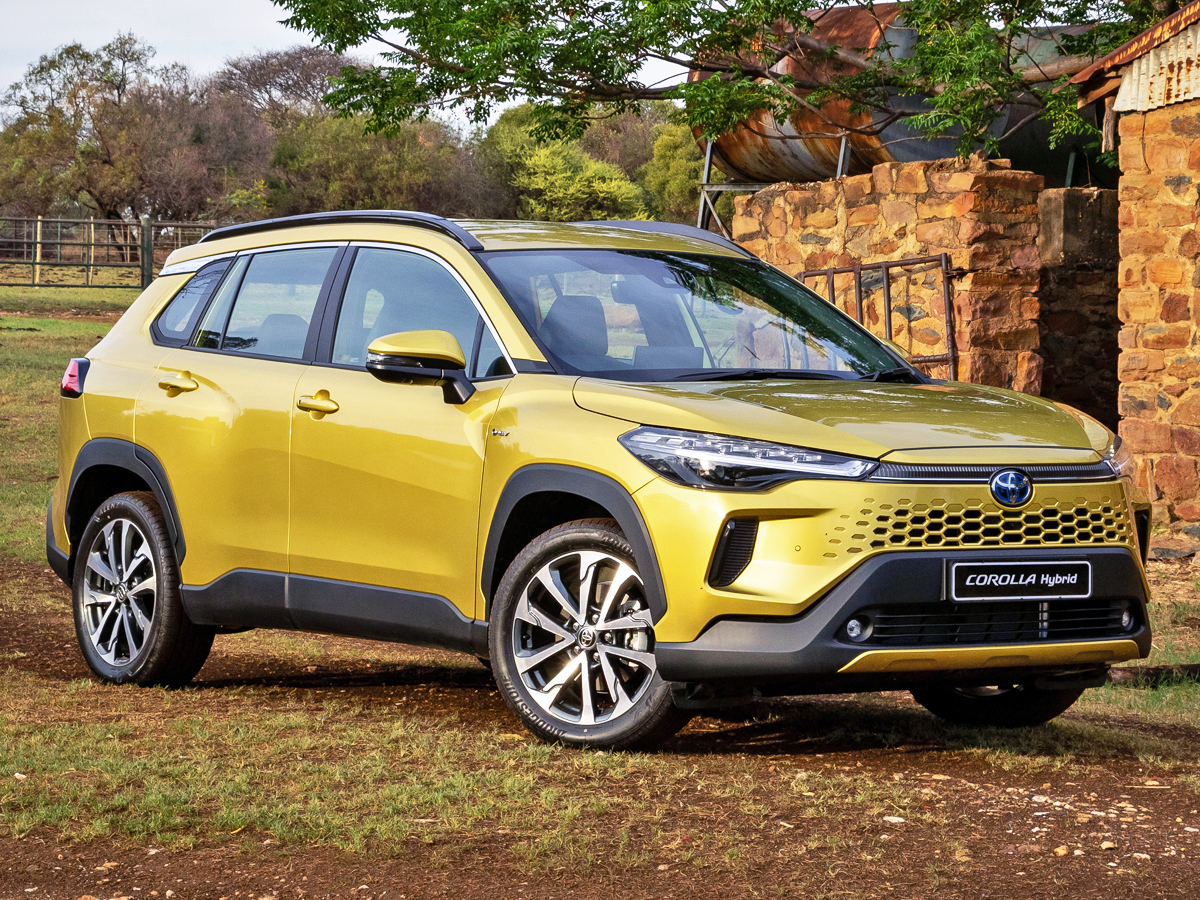
So, what does Toyota specifically exclude from its general warranty? Well, the Aichi-based manufacturer says the warranty “does not cover expenses incurred as a result of normal wear and tear” or indeed “inspections”.
Furthermore, it adds it doesn’t cover “any losses, of whatever nature, as a result of the vehicle being repaired or laid up”. Finally, Toyota points out that it won’t extend the warranty period as a result of repairs taking place during the warranty period.
More explicitly, the conditions of Toyota’s general warranty in South Africa do not apply to:
- A vehicle which has been subjected to negligence, misuse, ignorance, accident, alteration or modification.
- One serviced or repaired other than by an authorised Toyota distributor or dealer.
- A vehicle which has been subjected to any form of competition.
- Normal service and maintenance costs as per service schedule and the replacement costs of service items.
- Problems which may arise from use of parts and accessories other than Toyota Genuine Parts and approved Accessories.
- Reconditioning and adjustments are not covered by the Toyota Service Plan.
- Vehicles not maintained and serviced as per the prescribed maintenance schedule by an authorised Toyota distributor or dealer.
- Any of the components listed under the “Owner’s Obligations” section (in the vehicle’s book of life) regarding service, maintenance and repair.
- Any consequential cost or damage resulting from a component failure.
- Damage as a result of operating the vehicle using the incorrect type or grade of fuel (e.g. petrol instead of diesel).
- A vehicle that has been involved in an accident.
- Any consequential damage related to the fitment of a towbar and/or towing.
Valid in South Africa and 3 Other Countries
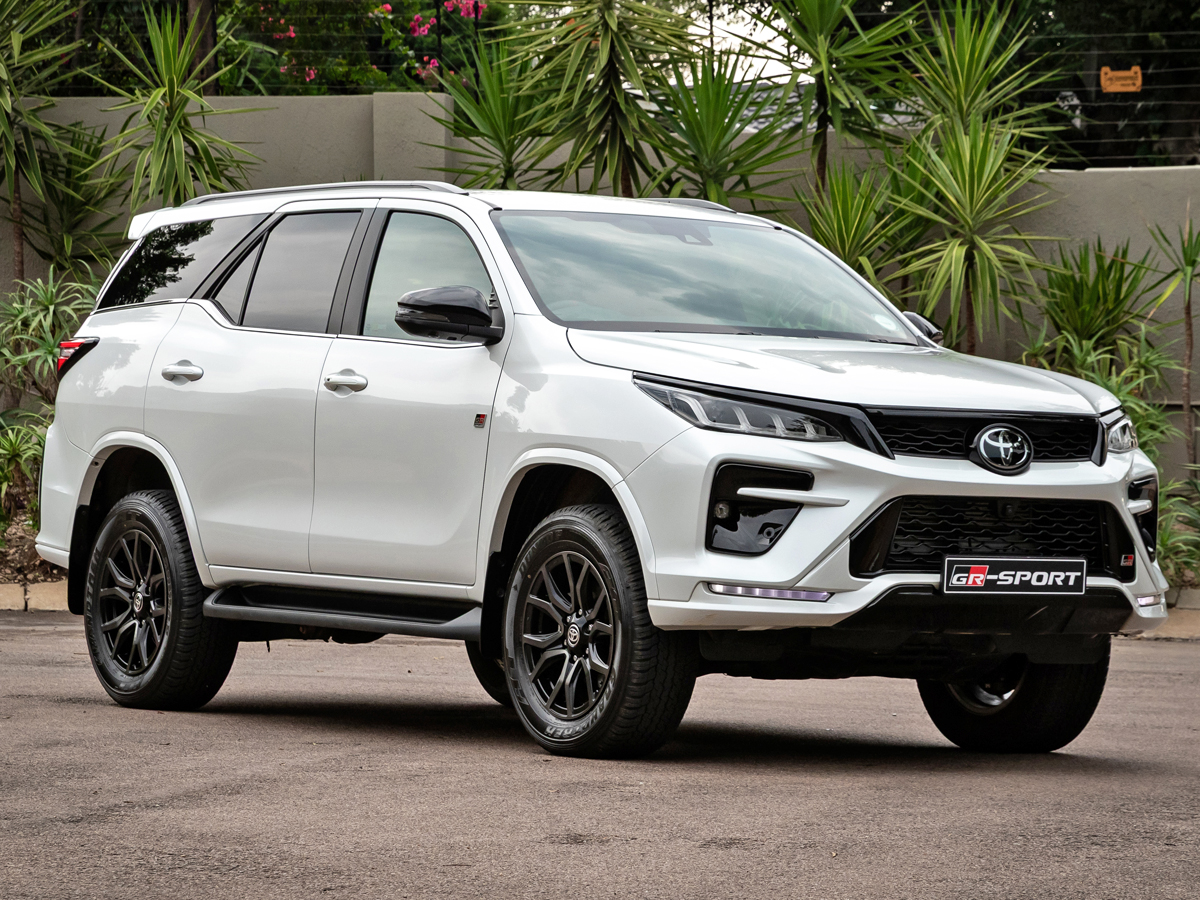
Toyota says its “responsibility and liability” for these warranty terms are valid and applicable only to “vehicles sold, registered and operating in South Africa, Namibia, Lesotho, Swaziland and Botswana”.
The company also points out the warranty is “transferable should the vehicle be sold, provided that all prescribed services have been carried out in compliance” with the terms and conditions.
*All information in this article is accurate as written in September 2025. Check the first page of your Toyota’s “book of life” or visit Toyota’s local website for the most up-to-date information.
Frequently Asked Questions
Q: What is the standard warranty period for a new Toyota in South Africa?
A: All new Toyota vehicles in South Africa come with a standard 3-year/100 000 km warranty. This covers defects in material and workmanship under normal use and service, including all Toyota approved accessories, chassis and parts, but excludes items such as tyres and batteries.
Q: What are some of the general exclusions from the Toyota warranty?
A: The Toyota warranty in South Africa does not cover normal wear and tear, vehicle inspections or losses incurred from a vehicle being repaired or laid up. It also excludes problems resulting from negligence, misuse, accidents, alterations or modifications. The warranty is void if the vehicle is serviced by an unauthorised dealer or if non-genuine parts are used. Normal service and maintenance costs are also not covered.
Q: Is the Toyota warranty transferable and where is it valid?
A: Yes, the Toyota warranty is transferable to a new owner, provided that all prescribed services have been carried out in compliance with the warranty terms and conditions. The warranty is valid for vehicles sold, registered, and operating in South Africa, Namibia, Lesotho and Botswana.
Related content
Toyota Fortuner: Top 5 Accessories to Consider

